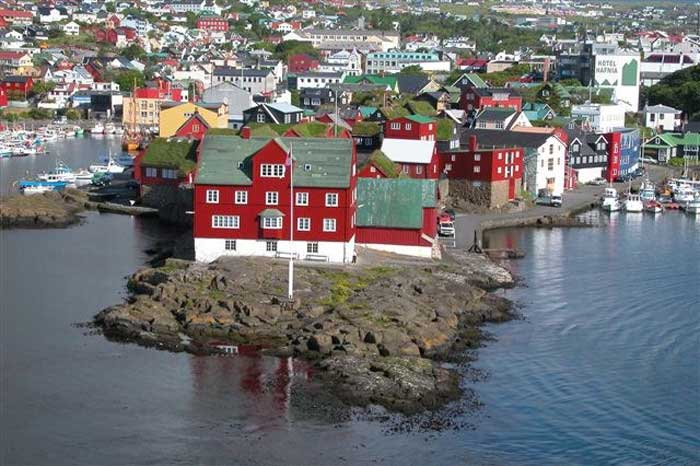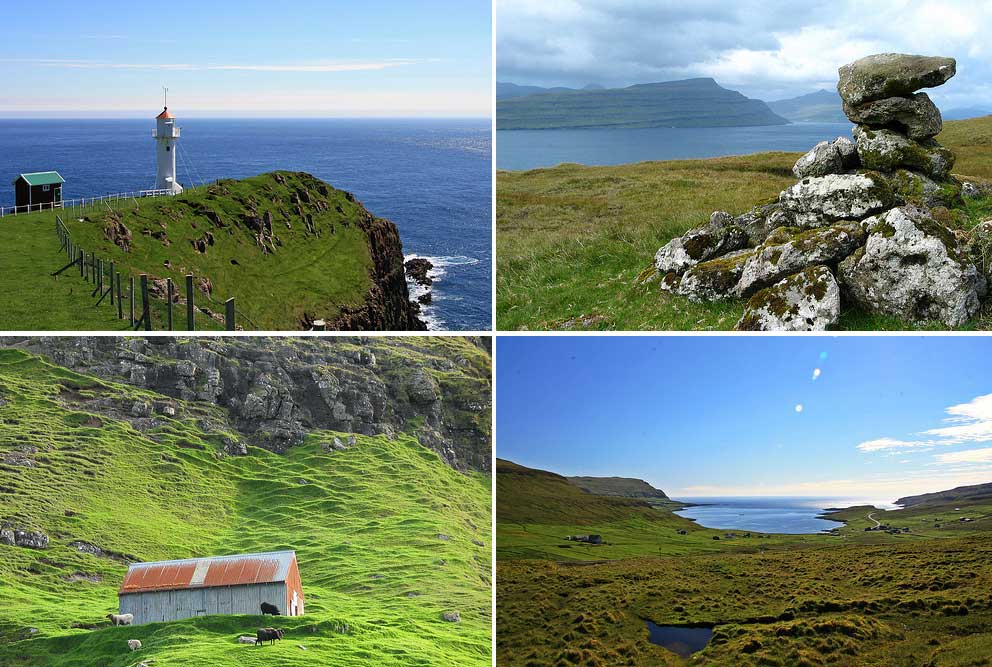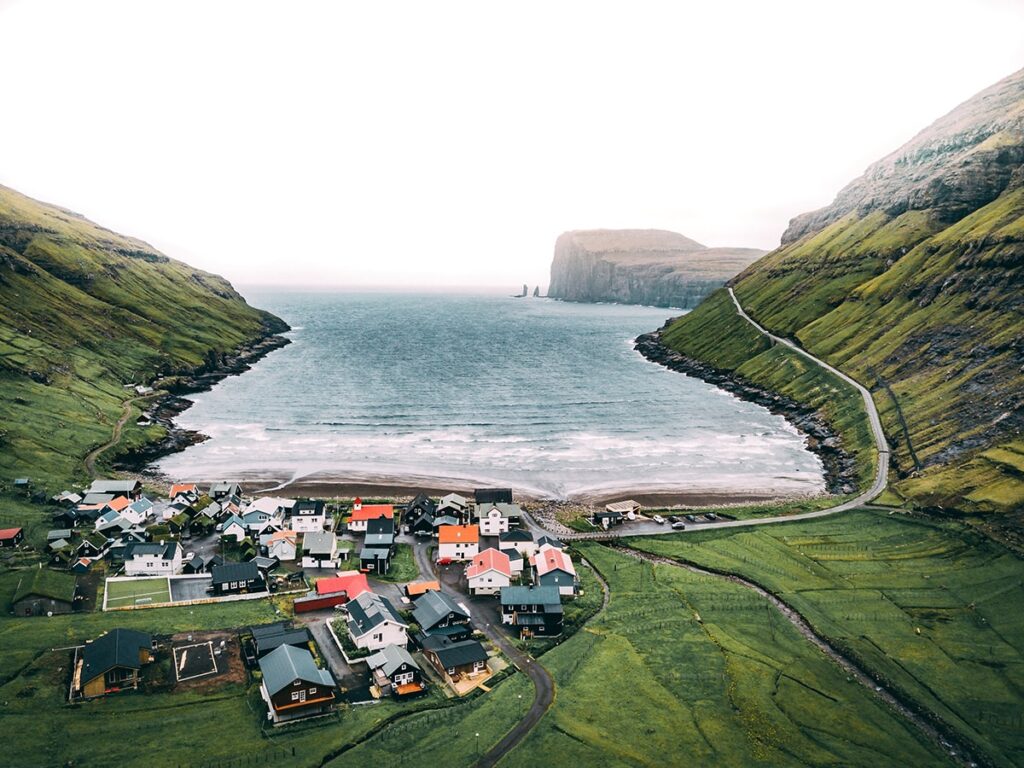1. Tax debt: Until 1992, you couldn’t buy beer if you owed the taxman money
2. Obituaries: The obituaries are read out twice a day on the radio in connection with the radio news broadcast: at 12:00 and again at 18:00
3. Mutton: Although there are 70,000 sheep in the Faroe Islands – and only 49,706 people – the Faroese only cover around 40% of their total lamb consumption; the rest is imported from New Zealand. Lamb is generally hard to find in Faroese supermarkets
4. Geographical facts: The Faroe Islands are 113 km long, 75 km wide and consist of 18 islands. There are approximately 1,400 km2 and 1,117 km of coastline and no matter where you are in the Faroe Islands, you are never more than 5 km from the sea. The average altitude of the country is around 300 meters and the highest mountain (Slættaratindur) is 882 meters high.
5. Weather and climate: Considering the northern location of the Faroe Islands, the weather is generally very mild, but also very changeable. The sea never freezes, as the Faroe Islands are located in the middle of the warm Gulf Stream. Summers are cool (average temp. 12 degrees), while winters are mild (average temp. 3.5 degrees) with limited snowfall

Fact: Tinganes is the old quarter of the Faroese capital Tórshavn. The name ‘Tinganes’ comes from the Lagting, which was established on this isthmus in the Vinking Age (900) and remains here today
6. Days and nights: At midsummer, the longest day is 19 ½ hours long. The long days and bright nights give the Faroe Islands a very special atmosphere
7. Governance: The Faroe Islands are formally part of the Kingdom of Denmark, but have gradually gained autonomy since 1948 and are also represented in the Danish Parliament. The highest authority in the country is the Lagting, which was formed in 900 AD (under the name Altinget), making it one of the oldest parliaments in the world. The Faroe Islands are not members of the EU and trade on the islands is governed by trade agreements. The Faroe Islands also have their own flag, called Merkið (“The Mark”)
8. National Day: The national day of the Faroe Islands is called Ólavsøka (“Olaf Festival”) and is celebrated on July 28 and 29 to commemorate the death of the Norwegian King Olav the Holy on July 29, 1030. The national day also expresses the Faroese’s special union of politics and Christianity, which is deeply rooted in their culture and society. King Olav is also the patron saint of the Faroese
9. Public holidays: Basically, the Faroese public holidays are the same as the Danish, but they have three more: Flag Day on April 25, Ólavsøkuaftan on July 28 and Ólavsøkudagur on July 29.
10. Languages: There are two official languages in the Faroe Islands; Faroese and Danish. Although Danish used to be the only official language, today the Faroese only speak Faroese on a daily basis. Danish is taught in schools from grade 1 and the Danish exam is the same as in Denmark. Faroese originates from Old Norse and is closely related to all the other Nordic languages, but most closely resembles Icelandic. Most Faroe Islanders can understand all Nordic languages and English

Fact: The Faroe Islands are known for their harsh nature and mild climate


